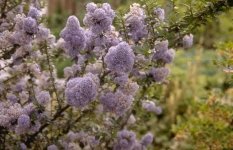Pruning Hydrangeas: Tips and Techniques
Hydrangeas are cherished garden plants, renowned for their stunning floral displays that range from soft pastels to vibrant hues. To achieve the best bloom and maintain a healthy plant, proper care is essential, particularly when it comes to pruning. This guide delves into the world of hydrangeas, offering practical advice on pruning, cutting, and caring for these versatile plants.
Types of Hydrangeas and Their Pruning Requirements
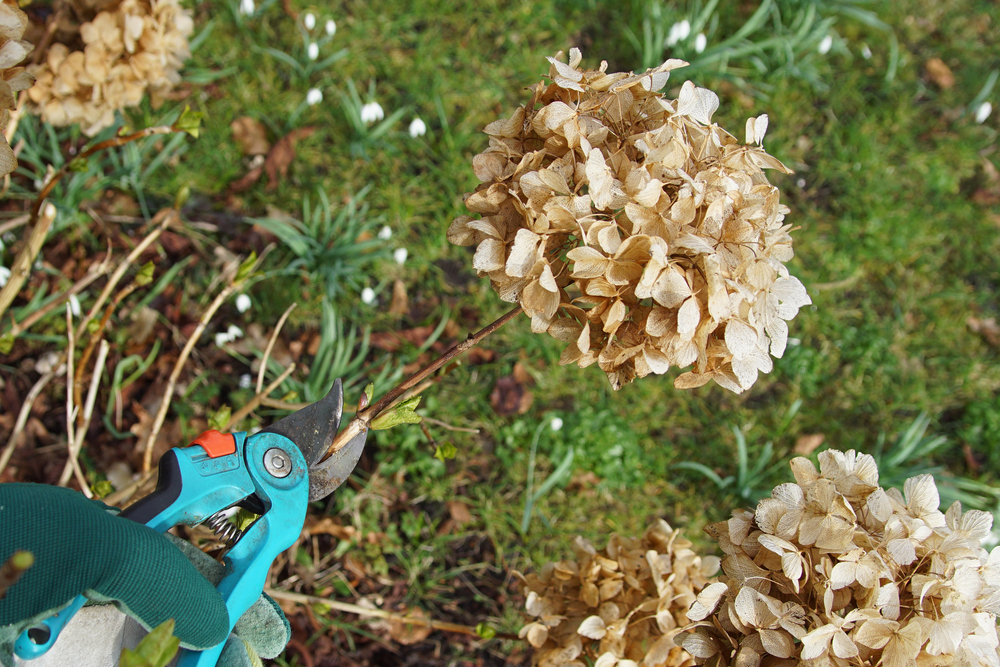
Before diving into pruning tips, it’s crucial to understand that different types of hydrangeas have unique needs. The most common varieties include:
-
Hydrangea macrophylla (Bigleaf Hydrangea): Known for its large, round blooms that vary in colour depending on soil pH. Prune this type right after flowering, usually in late summer or early autumn, to avoid cutting off next year’s flower buds.
-
Hydrangea paniculata (Panicled Hydrangea): This variety features conical flower clusters that start white and gradually turn pink. It can handle more severe pruning since its flowers bloom on new wood. The best time to prune is late winter or early spring before new growth begins.
-
Hydrangea quercifolia (Oakleaf Hydrangea): Characterised by oak-like leaves and impressive autumn colours. Prune this variety right after flowering to maintain its shape and health.
-
Hydrangea arborescens (Smooth Hydrangea): Famous for its large, rounded flower heads. Prune this type in early spring, just before new growth starts, to ensure a robust bloom.
How to Prune Hydrangeas Correctly
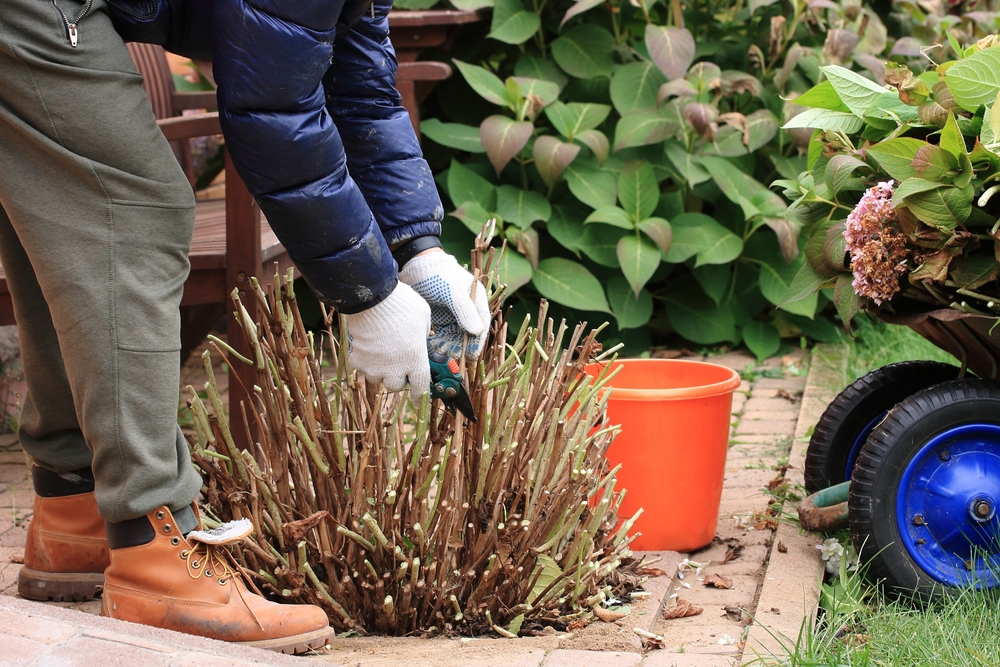
1. Preparation and Tools
Before you start pruning, ensure you have the right tools at hand. A sharp pair of pruning shears or loppers is crucial for clean cuts. Disinfect your tools before use to prevent disease spread.
2. Timing for Pruning
The ideal time to prune hydrangeas depends on the type you have. If unsure, observe the flowering period and prune immediately after blooming. This approach helps avoid cutting off buds for the next season.
3. How to Prune
- Remove Dead and Diseased Branches: Start by cutting out any dead, damaged, or diseased branches. This helps prevent disease spread and keeps the plant healthier.
- Control Growth: For hydrangeas that flower on new wood (like Hydrangea paniculata), you can be more aggressive with pruning to control growth and shape the plant. Remove about a third of the oldest branches to give the plant a fresh start.
- Shape and Size: For hydrangeas that bloom on old wood (such as Hydrangea macrophylla), prune more cautiously to maintain the shape. Remove branches growing towards the centre to improve air circulation and create an open structure.
Hydrangea Care Tips
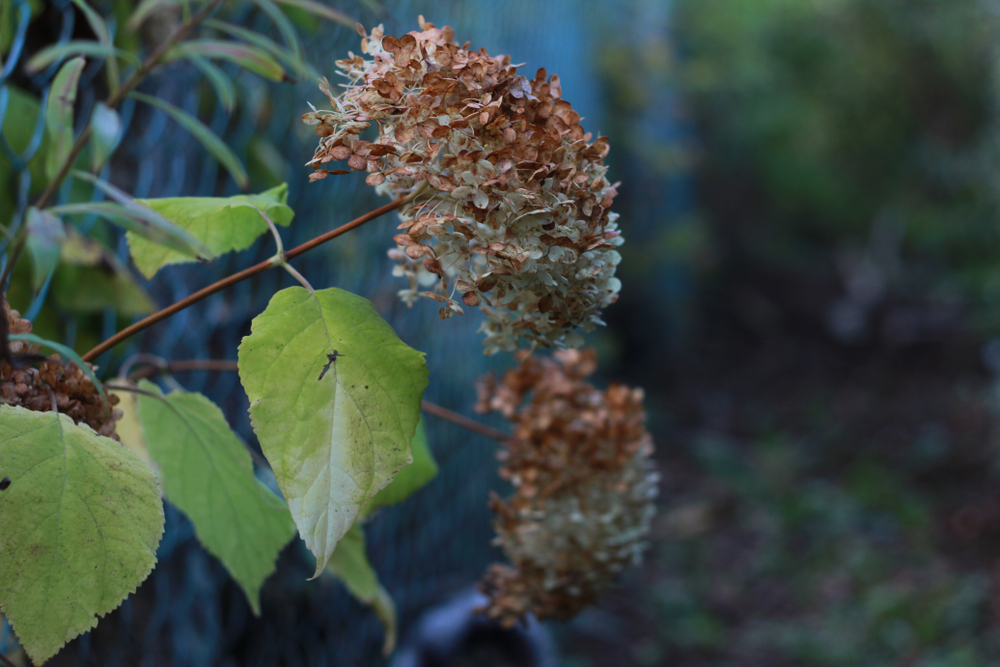
1. Fertilisation and Soil
Hydrangeas thrive in well-draining, fertile soil. Enrich the soil with compost or well-rotted manure. Annual spring fertilisation supports strong growth and abundant blooms.
2. Watering
Hydrangeas require consistent moisture, especially during dry spells. Ensure the soil remains evenly moist but avoid waterlogging, which can cause root rot.
3. Winter Protection
In winter, hydrangeas might need extra protection, especially in colder climates. Mulch around the base to protect the roots from extreme temperatures. For added protection, cover the plant with a winter fleece or gently bend and cover the branches with straw or leaves.
4. Propagation
Hydrangeas can also be propagated from cuttings. Take healthy cuttings in early summer and place them in a mix of potting soil and sand. Provide a warm, humid environment to encourage rooting.
Popular Hydrangea Care Products

Several products can assist in hydrangea care:
- Hydrangea Fertilisers: Specially formulated fertilisers with a balanced NPK ratio can optimise growth and flowering.
- Pruning Tools: Investing in quality tools, such as sharp pruners or loppers, makes pruning more efficient and effective.
- Winter Protection: Mulch, winter covers, and protective materials help shield your hydrangeas from frost and cold.
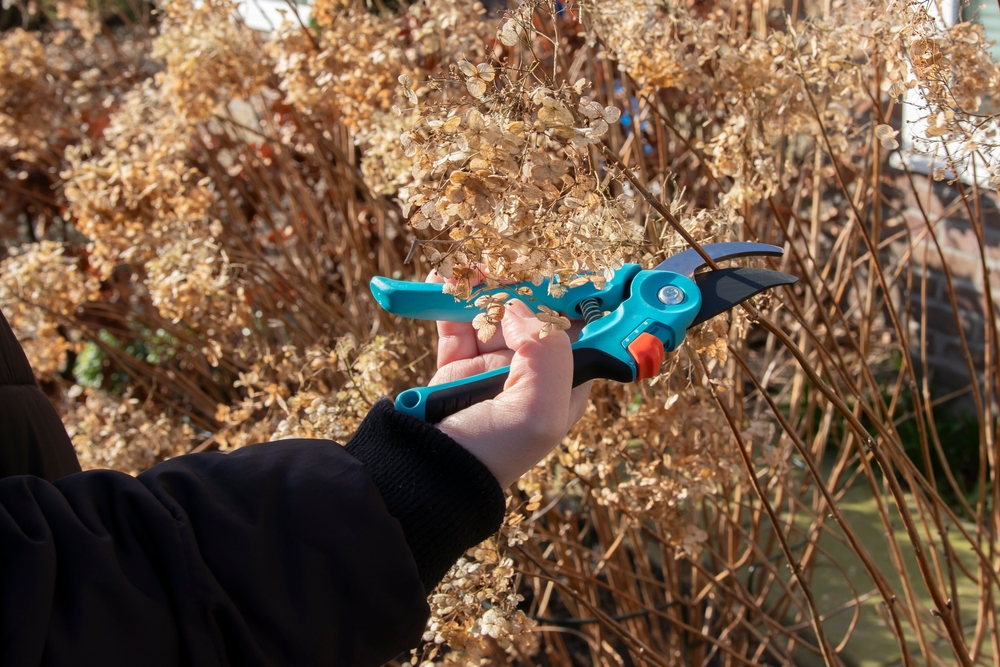
Keep Your Hydrangeas Healthy and Beautiful
Pruning and caring for hydrangeas can be a bit challenging, but with the right knowledge and techniques, you can ensure your hydrangeas remain healthy and bloom profusely. Whether you have Hydrangea macrophylla, paniculata, quercifolia, or arborescens, understanding their specific needs and timing your actions appropriately is key. With proper care, your hydrangeas will not only thrive but also bring lasting beauty to your garden.
By applying these tips and techniques, you’ll keep your hydrangeas in excellent condition and ensure they shine each season. Happy gardening!








